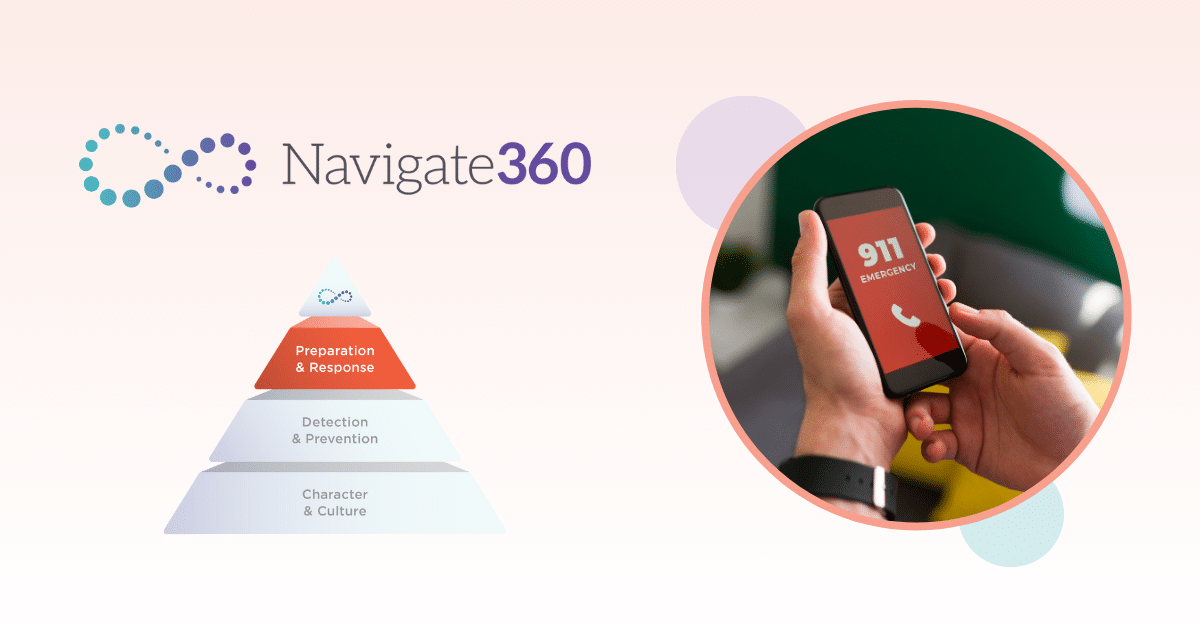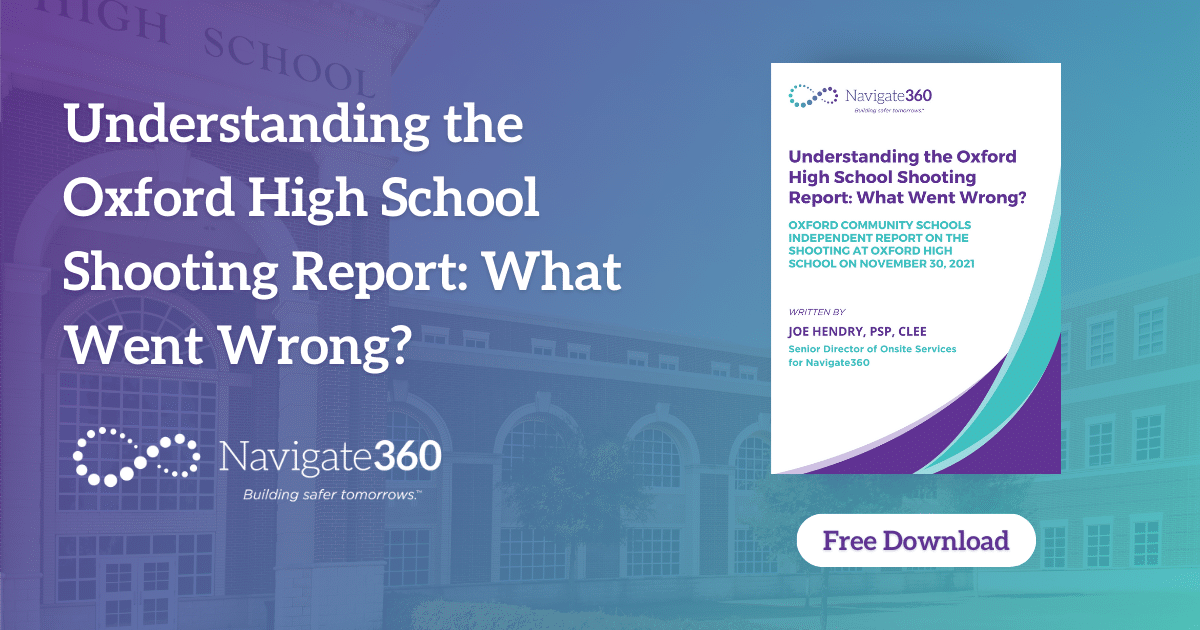What Is the Purpose of a Risk Assessment?
In schools and workplaces, a comprehensive approach to security and risk assessment must become the norm for preventing and preparing for potential threats. Risk assessments provide a strategic framework for enhancing safety and security. They enable educational institutions and industries to implement necessary control measures, minimizing risks and establishing incident response plans that allocate resources more effectively to prepare for potential threats.
In many cases, organizations can become so engrossed in managing their current safety operations and assets that they overlook hidden vulnerabilities. A comprehensive risk assessment can reveal latent weaknesses that might have otherwise gone unnoticed. Security risk assessments highlight the need for adjusting existing procedures, which can enhance an organization’s safety, increase productivity, and improve efficiency.
Professional risk assessment reports offer recommendations to enhance operational and security practices, safety procedures, and physical security measures. These recommendations create a comprehensive roadmap for current and future security planning efforts. Additionally, they play a crucial role in bolstering budget requests from executives, leveraging the objectivity and experience of professional third-party assessors.
Key Components of a Risk Assessment
Professional third-party risk assessors conduct on-site assessments to offer a holistic view of your facility’s strengths, vulnerabilities, and potential hazards. They typically assess six critical areas:
- Hazards & Threat Assessment: This component involves identifying and assessing potential hazards and threats that could impact your organization. It encompasses natural disasters, accidents, criminal activities, and other events that might pose risks.
- Emergency Operations Plan: Evaluating your emergency operations plan involves scrutinizing your organization’s strategy for responding to crises. Assessors examine the clarity, effectiveness, and practicality of your plans, which are essential for minimizing the impact of emergencies.
- Prevention: Assessors inquire about the preventive measures in place, such as security policies, access controls, and safety protocols. This includes evaluating the effectiveness of measures taken to reduce the likelihood of violent critical incidents.
- Response & Training Programs: A critical aspect of risk assessment, this component evaluates the readiness of your organization to respond to emergencies. Additionally, this involves assessing staff training, emergency drills, and response procedures to ensure they are effective in mitigating risks.
- Technology & Infrastructure: Assessors examine the technological and physical infrastructure that supports security and safety. This encompasses security systems, surveillance, access control, and the physical layout of the facility to identify potential vulnerabilities.
- Recovery: Assessing recovery planning is crucial for determining your organization’s ability to rebound after a crisis. It includes evaluating how well your organization can return to normal operations and minimize disruptions following an incident. Undoubtedly, this goes beyond having a simplistic reunification plan. It includes everything from a Notification Center through the entire Continuity of Operations Plan.
Furthermore, an essential aspect of effective security risk assessments is the inclusion of the human element. Assessors often conduct interviews with personnel to understand the organization’s culture, its security awareness, and any potential risks arising from employee behavior or knowledge gaps.
The Results
The analysis of security in these key areas empowers your staff, reduces risks, and, in some cases, saves lives. Moreover, these comprehensive assessments extend beyond purely physical security. They encompass the intricate relationship between technology, training, personnel, and the physical environment.
In addition to leveraging the objectivity and accuracy of assessment reports for budget requests and decision-making, the reported scores and corresponding evaluations can serve other functions. Specifically, they can be a valuable tool for guiding your organization in planning future preparedness improvements and critical infrastructure upgrades. By addressing the identified weaknesses and building on strengths, your organization can enhance its overall security and resilience against potential threats and hazards.
Risk Assessments are the First Step in Preparing Your Schools for the Unthinkable
Navigate360 believes that every child and employee should be able to experience each day without fear. Over the years, we have helped the K-12 community meet the safety, security, and well-being goals of its students and staff. We are committed to providing the tools and resources needed to ensure safe learning environments so that all students can succeed.
With 20+ years of experience, we understand the complexities associated with ensuring the safety and security of today’s educational institutions. Our safety assessment methodology is designed to address those unique needs and considerations. Our team of ASIS Internationally Board-Certified assessors has conducted 80+ safety and security assessments for schools and districts across the nation. This has resulted in safer environments for students, staff, and communities in the last five years.
We support educational institutions of all sizes including individual schools, large district campuses, and statewide initiatives. Speak with a safety consultant today to learn more about Risk Assessment and how we can support your safety initiatives.
10 Reasons Why a Certified Professional Should Conduct Your Risk Assessment
A lot of schools spend time managing their current safety operations and assets but don’t step back to see what might be missing. A comprehensive risk assessment can help your schools uncover hidden weaknesses you may not know about.
Access our free eBook to discover why your schools should turn to a certified professional to assess your school’s safety.




